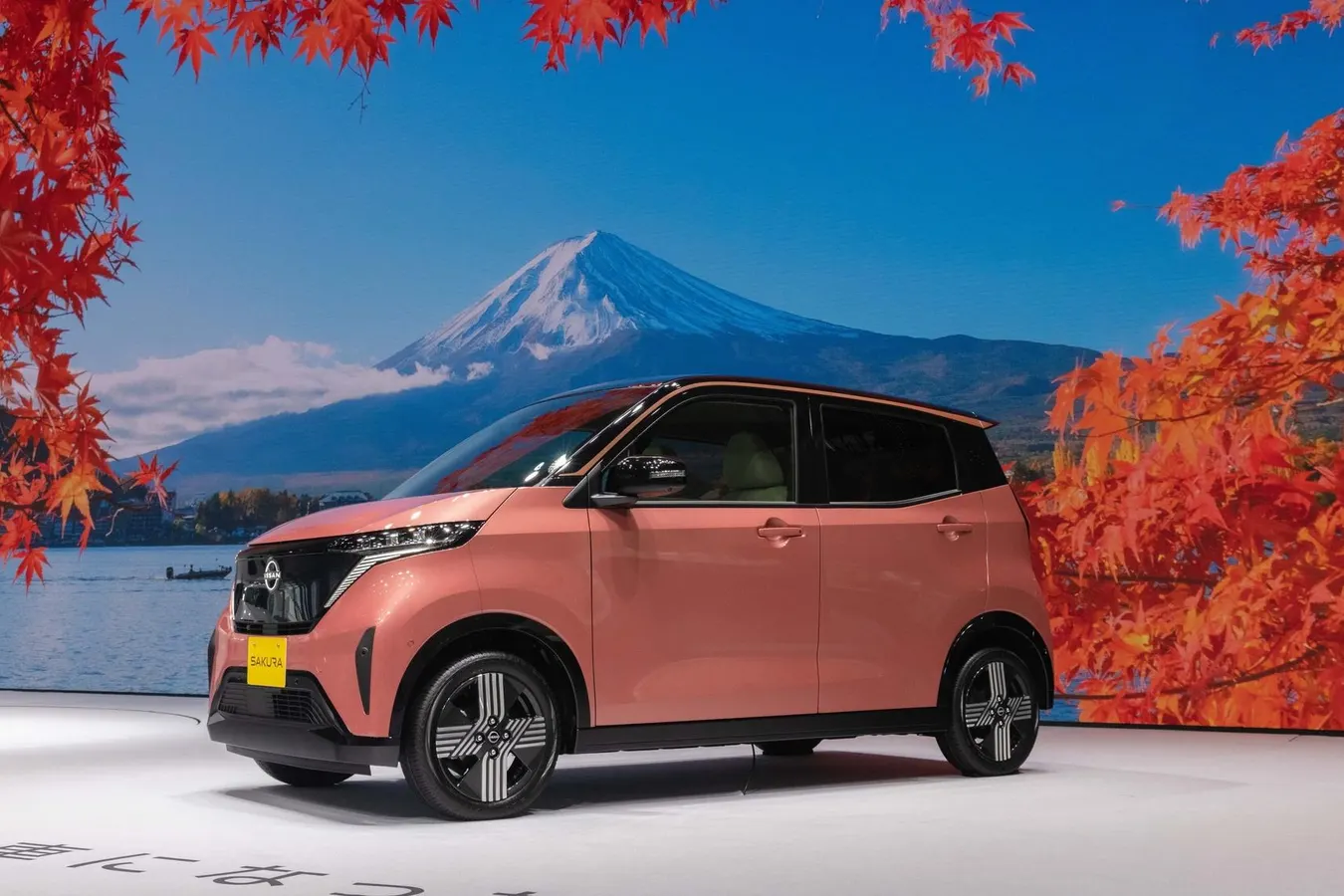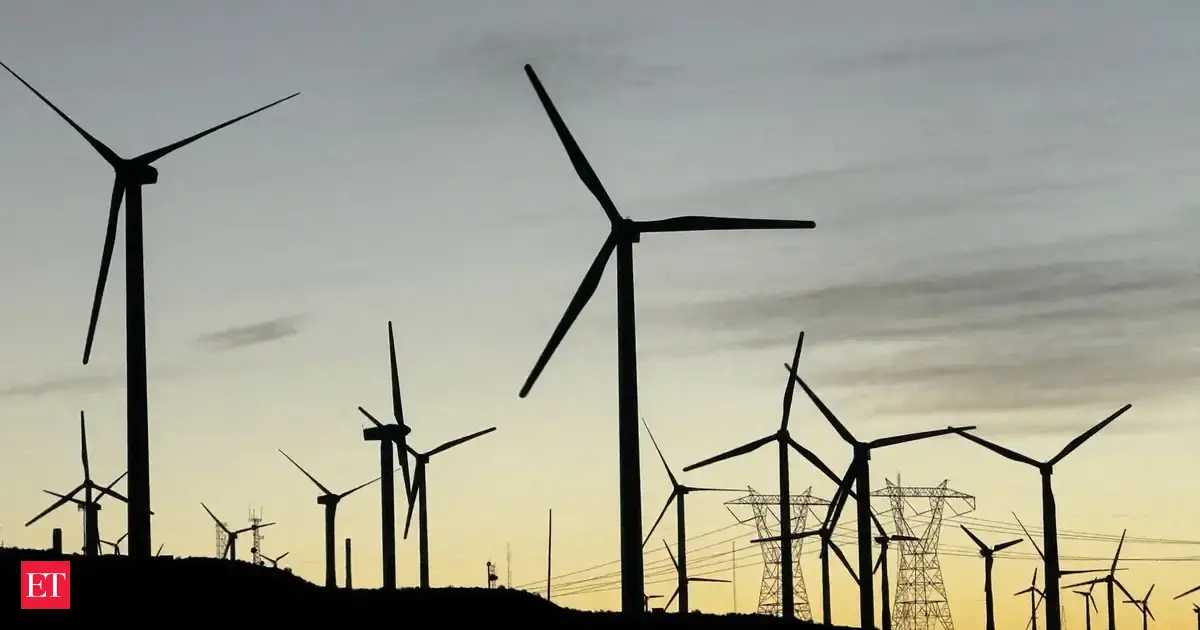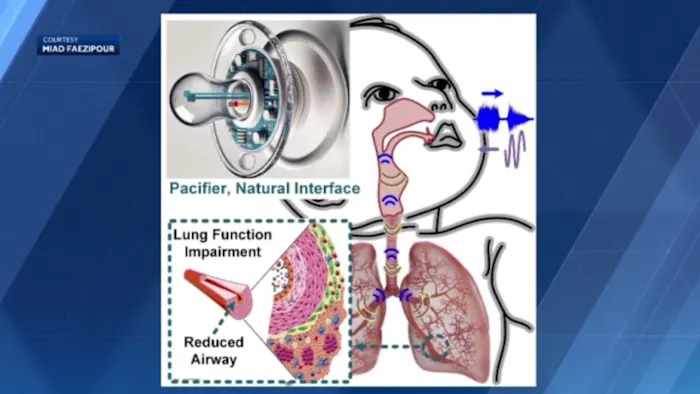By Neil Winton,Senior Contributor,Stanislav Kogiku
Copyright forbes

A Nissan Sakura EV Kei car. The EU wants to promote the production in Europe of little cars like this. (Photo by Stanislav Kogiku/SOPA Images/LightRocket via Getty Images)
SOPA Images/LightRocket via Getty Images
The European Union has been travelling down a cul-de-sac as it tries to force its citizens to buy electric vehicles they don’t want and can’t afford, but now it’s decided to promote small EVs to convert the public.
The EU is about to water down its all-electric mandate for 2035. European Commission President Ursula von der Leyen also wants to incentivize small EV car production – so-called e-cars, a decision it should have taken years earlier.
The EU mandate insists carbon dioxide emissions from new cars are zero by 2035. This means they all must be battery-electric powered unless the industry is blindsided by some unexpected technical development. The auto industry must sell an increasing amount of EVs every year. This year the target is a market share of 28%. Manufacturers that fail to meet the target will pay fines. Overall, the industry is way behind this target and only expected to reach between 35% and 50% by 2030. If sales are to accelerate towards compliance there has to be a mass market. Small, affordable cars are a prerequisite.
“We view the EU’s proposal for a new affordable vehicle segment as a positive and necessary step to support the revitalization of Europe’s automotive industry, which has been operating below capacity for a number of years,” said BMI in a report.
“We believe that if Europe adopts a vehicle segment modelled after Japan’s Kei cars it could see its local autos industry receive a significant boost,” BMI, a Fitch Solutions company, said.
French automotive consultancy Inovev said that the recent IAA Mobility 2025 show in Munich showcased many smaller cars like the VW ID.Polo, Skoda Epiq, Kia EV2 and BYD Dolphin Surf, priced at between €20,000 ($23,700) and €30,000 ($35,700), but these are still unaffordable for many European buyers. The European market is stagnating and unable to return to pre-Covid levels, it said.
MORE FOR YOU
Klaus Zellmer, CEO of the Skoda brand, presents the Skoda Epiq at IAA Mobility 2025. Photo: Sven Hoppe/dpa (Photo by Sven Hoppe/picture alliance via Getty Images)
dpa/picture alliance via Getty Images
Inovev, in a report, commented on von der Leyen’s Small Affordable Cars initiative and echoed the Kei car point. Kei cars are designed to provide basic, minimalist cheap motoring.
“The idea is inspired by Japan’s Kei cars. It follows repeated complaints from Renault and Stellantis who advocated for regulations inspired by Kei cars in order to revive the European automobile industry,” Inovev said.
China years ahead
The EU has been forced into this change of heart because Chinese manufacturers are years ahead of Europeans in EV manufacturing and are said to have a price advantage of more than 30%. The EU is facing up to the reality that enforcing its CO2 rules would bankrupt its own industry and cause unemployment for millions, while enriching China’s EV makers.
As the rules on CO2 emissions bite – between 2025 and 2027 the rules tighten considerably – the quotas for EV sales rise, but manufacturers are finding buyer reluctance. The regulations forced carmakers to spend huge sums trying to build the wrong kind of EV. They are trying to produce EVs which can do everything a combustion engine vehicle can do, impossible with current technology.
The result has been massive, heavy and hugely expensive vehicles which need ever bigger batteries, taxpayer incentives, and can’t handle long-range, high-speed autoroute cruising. The batteries consume a huge amount of resources with nasty environmental spinoffs.
At the same time, the regulations made it impossible for Europeans to make affordable EV citycars or entry-level internal combustion engine-powered ones. Gone are the €10,000 ($11,900) combustion-engine powered Fiat 500s, Ford Kas, Citroen C1s, Peugeot 108s and Renault Twingos. There is not similar EV market either. At the same time, average wage earners were forced out of the new car market.
Last week, von der Leyen announced she would work with manufacturers to enable affordable small cars.
Millions want affordable cars
“Millions of Europeans want to buy affordable European cars. We cannot let China and others conquer this market,” von der Leyen said in her State of the Union speech.
Could the EU allow again little combustion cars like the Ford Ka? (Photo by National Motor Museum/Heritage Images/Getty Images)
Getty Images
A couple of days later, in the third round of a strategic dialogue with von der Leyen, automakers called the EU’s 2035 CO2 target “unfeasible”.
The industry wants the sale of hybrids and plug-in hybrids to be allowed after 2035 and the use of so-called e-fuels, which would allow the sale of combustion engines to continue.
In the latest meeting there was reportedly limited sign of any concessions to the industry from Brussels. The next meeting of the Strategic Dialogue is expected by December.
BMI said these smaller, cheaper cars would not have to include costly equipment safety features like advanced driver-assistance systems.
“This could revitalise the entry-level segment, which has been eroded due to regulatory complexity and elevated compliance costs, and broaden affordable mobility options for a wide range of consumers, including those facing economic pressures,” BMI said.
“We note that automakers such as Stellantis have publicly welcomed the EU’s initiative, arguing that it is urgently needed to revive the sub-€15,000 car ($17,800) segment, which would help to increase fleet renewal, boost industrial output and accelerate electric vehicle uptake,” BMI said.
Expect vociferous opposition
Inovev warned that reviving this entry-level sector would require some persuasion.
Quadracycles like this Renault Twizy are not on the agenda. (Photo by Miguel Villagran/Getty Images)
Getty Images
“It is worth noting, however, that (small urban runabouts) only accounted for 12.3% of the European market. In order for e-cars to make a significant contribution to the market overall development and massive electrification policy, it would be necessary to convince the usual consumers who can no longer buy these models for reasons of price or availability, to take an interest in e-cars.”
The EU’s CO2 regulations, which were designed to help the drive towards net zero by 2050, turned a blind-eye to the burgeoning threat from China. The politicians who authored the rules are unlikely to be around to face the mandate’s unintended consequences. Will tinkering with the rules and boosting small cars save Europe’s auto industry? Will it be at the expense of the climate? Expect green groups and politicians to mount vociferous opposition shortly.
Editorial StandardsReprints & Permissions



